Our PoP stories series continues as we catch up with Roos Gerritsma, Associate Professor and lab lead at the Urban Leisure & Tourism Lab in Amsterdam North (the lab is part of the Hogeschool Inholland University of Applied Sciences). Roos is also working on her Professional Doctorate in Regenerative Urban Tourism at Hogeschool Inholland.
Roos joined Power of Place in 2022 bringing with her a background in urban sociology and a passion for understanding leisure and tourism as positive forces for transforming life in urban places.
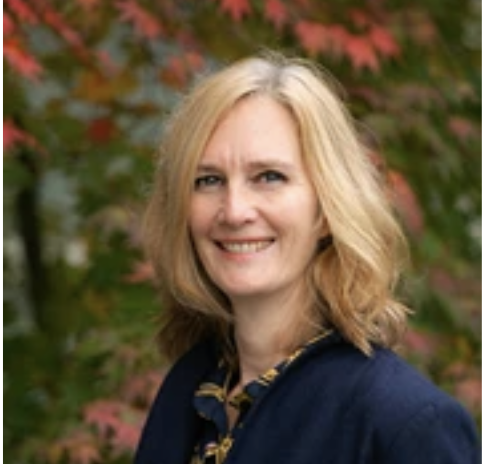
“When we talk about ripple effects after PoP, it is still rippling, rippling, rippling, it’s still growing, growing growing, and becoming intertwined – woven into a connected understanding.”
What brought you to Power of Place?
There are many elements in my personal and working life that have contributed to my journey to Power of Place and regenerative practices. My academic background is in urban sociology which is about place and its people and it’s also about people having or not having agency. The concept of interdependence was also key during this study, something we would now call systems thinking. Also since my teens I have been interested in Taoism and Buddhism and I especially feel a strong connection with the engaged Buddhism of Thich Nhat Hanh. I see so many connections with regenerative practice around transformation, growing, watering seeds and gardening metaphors. Connecting with the soil and gardening is also very important to me – I experienced burnout more than 15 years ago. It created a deep need to be outdoors in the fresh air and I have been gardening ever since. Now my partner and I have a community plot of 350m2 in an urban garden cooperative.
This ‘place-basedness’ has been part of my work, my life, and my identity for a long time. When I founded the ‘Urban Leisure and Tourism Lab’ in 2015, from the start I called it ‘place based education and research’. Now, though, I would also add ‘innovation’ or ‘activation’.
About 4 or 5 years ago when we (the New Urban Tourism research team) started to see ‘regenerative’ tourism coming up a lot, I started thinking about doing some more learning. After some searching around online I found the Power of Place learning journey – and I was like ‘yes’! This!
Do you see any of your earlier work through a regenerative lens now?
Yes. When I graduated and wrote my thesis back in the 90’s, it was the first one in Amsterdam about residents of Amsterdam and their attitudes towards tourists and tourism. It was really new for a city to be a tourism destination and I was fascinated then (and still am today) by the idea that visitors could enter the daily life of those who live and work in that same place, and by this whole phenomenon of the flows of people, goods, money and information. Seeing flows is a regenerative way of thinking. Also seeing the city as a body with organs (places in the city) and the flows are carried in the blood vessels – something that also came from my training as a Shiatsu therapist. We even call it acupuncture placemaking – when we see a specific place as a pressure point where we can activate or accelerate the flow. And it’s also a way of thinking, of feeling, of experiencing what’s stuck, what can be healed.
This recalls the work of Jaime Lerner – Urban Acupuncture – and also ‘nodal’ thinking – the regenerative principal of working on nodes as the as the acupunture points that have the potential to revitalse the whole system.
Can you reflect on how place-sourced essence connects with our identity – how we are drawn to a place and how it’s patterns flow through us?
In one of the chapters about Amsterdam, I wrote of the balancing between Trade, Tolerance and Tourists, because those three ’T’s are core DNA parts of the city – this was before I had been on PoP – and those flows are core to what we could now call Amsterdam’s essence. Since its birth, it has been a place that was dependent on, and open for, people from all kinds of countries – whether it was for trade or for tolerance reasons – think of the Huguenots and the Jews who fled to Amsterdam. That tolerance part was also what drew me to Amsterdam. I’m part of the LGBT community and I came here when I was 18 or 19 years old because it was very important to me – consciously and subconsciously to be able to live freely – which I do now with my partner. And we feel so accepted, we can live our lives and it is inexplicable how valuable this is.
Tolerance, and inclusion – or in more plain language ‘feeling at home’ – are a strong theme of our work on education and tourism in Amsterdam – also towards our students. Luckily – and I would like to underline this – I am so supported by my institute, by LGBT colleagues, and by those who understand why it’s important to address these topics.
How did participation on PoP help you define your goals?
At the end of 2023 I started on a Professional Doctorate. And I am currently working on the reflection part and in that broad reflection I need to assess on impact. One reflection I realise more and more is that I tend to function quite intuitively. So I’m not that good at setting goals in advance, I go with my intuition and a strong sense of curiosity.
So what added value did the programme give to your work?
Firstly, I really appreciated Jenny’s approach. She is serious. She knows what she’s talking about, and she has experience, but at the same time she has this lightness and humourous style – in Dutch we call it ‘self-spot’ – when you can make fun of yourself.
I think we call this ‘self-depreciating humour’
Sometimes a constraint for us regenerators is the heaviness, sometimes touching on climate anxiety heaviness. But I didn’t feel this from Jenny. I think she really embodies this active hope. She has this energetic way of talking and delivering. So that was really something that also kept me going during PoP.
Of course the content was hugely valuable, especially the mixture of project examples to support the theory but it was the group working and connections I made that added particular value for my own work.
Working together, and getting feedback from the group helped me realise that my living lab way of working, and the idea of a living lab as a vehicle of change, was very powerful and really resonated with others on the learning journey. A living Lab gives so much flexibility. It’s education. It’s research. It’s working in the field. It includes those who are concerned most – the end user who can be a resident or a visitor.
This was helpful for reflecting on the value of my own work. We were then still the only urban leisure and tourism lab in the world that is physically linked to a university with students in and out all the time. Now we also have our second one in Rotterdam.
I also found the guest conversations a wonderful aspect of the programme. That is how I first met Dr Dominique Hes, (who is based in Australia) then I connected with her on Linkedin and finally met her in person when she came to Europe – all because of PoP.
We also have guest sessions at the Lab now – we had Jenny come to our Regenerative Intensive last April and we will have Dominique come to us for our second one this Autumn.
So let’s talk about some of the enablers and constraints that come up for you?
Yes ok. In the context of regenerative tourism (and it’s been a few years since I was on PoP) – Playa Viva was the main regenerative example – but it’s such a luxury resort, it was very hard to relate to it. This has contributed to some of the critiques of regenerative tourism. I’m in touch with many different people in the field and the responses I often get about it are: it’s too woke. It’s too elitist. It’s too expensive.
A second constraint is the language of exclusivity or secrecy coming from the regenerative side: “you don’t understand it, or it’s very, very complex, it’s not a model, it’s not a ticking box. It’s a mindset” and so one.
And this is not helping us on the ground when I speak with policy makers at the city district, provincial or at national level. Some tell me they simply can’t use the term regenerative tourism – at least not yet – because it has this complicated connotation. It can also be alienating for students, and the people we work with in the community.
But I do understand that this language issue is something a lot of regenerators experience – we almost have to act as translators, as intermediaries – not using the word regeneration, but simplifying it, saying it’s eco and social, or it’s doing good, and that’s really a huge constraint.
Luckily, I am already engaging with the tourism sector here and they are supportive of us – the local Destination Management Organisation (DMO) of Amsterdam is on board!. I just have to find other words to describe the work. Even the people I work with say: Roos, we have to simplify this. So I use words like ‘pathway’ and ‘stepping-stones’ – because they are more accessible.
Right now I am writing a white paper and thinking about the language. The working title is ‘Loops for Life: Activating Urban Regenerative Tourism’.
I think this language question is really part of a core dilemma: how do we make the leap to the third horizon, from the old paradigm to the new paradigm? I still have to use some of the old paradigm practices, words and models, in order to give birth to this new way of working. So that’s also a constraint.
What do you see as an enabler for this?
Personally, I’m not there on the third horizon yet – but people like Jenny are enablers who can speak more freely. She and regenerators like her are the visionaries who have the ability to tack upwind – to zig zag – and keep their focus on the third horizon goal. I think they are opening the way for us in the future.
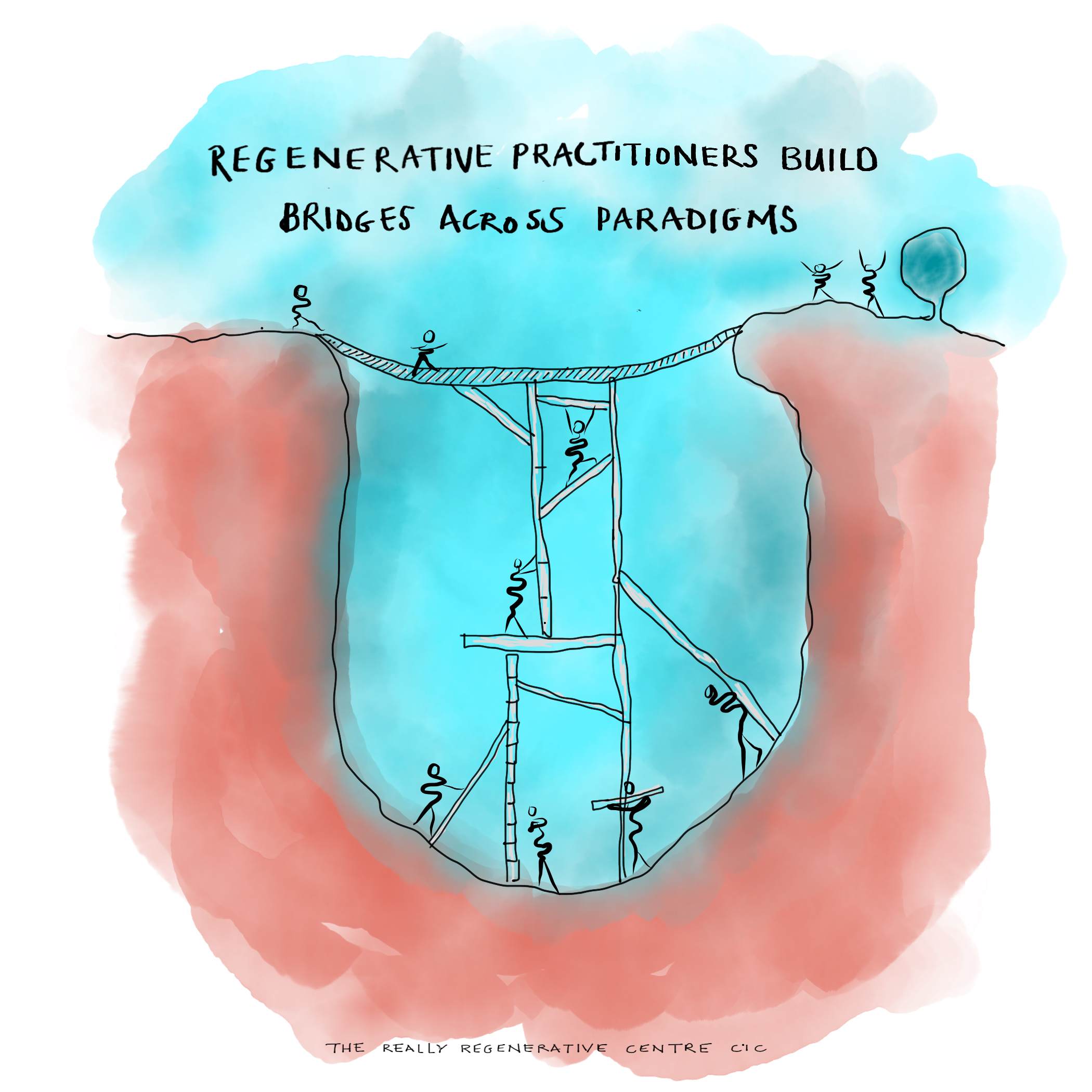
Can you share more about the work of the Urban Leisure and Tourism Learning Lab and how your own regenerative journey informs this work in education and tourism?
We are located in Amsterdam North – which is an old, industrial, working-class neighbourhood that is changing rapidly with much potential -and also metropolitan issues. As the Urban Leisure and Tourism Learning Lab – this is our area of expertise and we combine research, design and education projects that aim to connect people with each other, their living environment and the systems in which they are nested.
I started as a pioneer practically on my own and now we have a team of seven including a learning director and lab coaches who are very one on one with the students. We have researchers, like myself – as the lab lead – and the work field partners. Our students are called lab learners or junior professionals and follow a 30 ECTS semester-long programme which we offer twice a year. We work with a Quintuple Helix framework that reflects our whole stakeholder perspective: Policy makers – from city to district and district to province. End users – the whole spectrum from resident to visitor. The Knowledge Perspective – from undergraduate to Doctorate. Entrepreneurs – commercial and social and activists. And More than human perspectives – so all life is represented.
It is part education research and part practical learning. As the lab lead, I try to inspire the lab team and all students in regenerative ways of thinking.
And for those interested in the education story, my colleague and Learning Director, Zac Woolfitt, has written a book ( along with Mirthe van den Hee, Lieven Desomviele and Isabelle Vandevyvere) which is about the whole educational didactical background of our learning lab story – it’s ethos of real-life context and interdisciplinary learning, leadership and self-management. It is called: ‘Learning in a Living Lab: Knowing what to do when you don’t know what to do’.
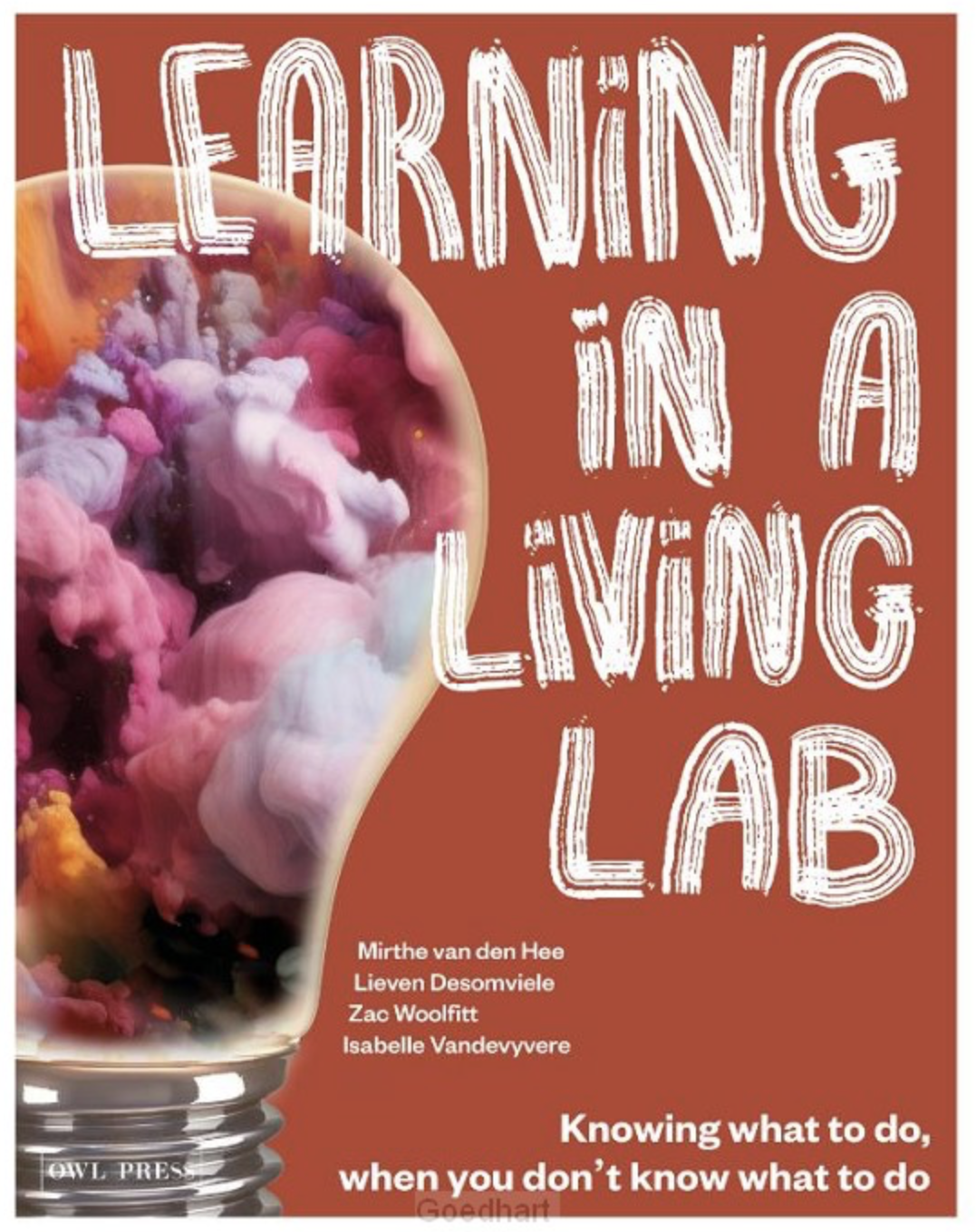
I am also always thinking about how to bring in regenerative ways of working through the lens of the city, and my own paper ‘Loops for Life’ is like the counterpart to the education story. It is about regenerative place development- the ‘why’ and the ‘what we know’ about how to continue to live in a thriving city for future generations. It is about how leisure and tourism can act as a strategy for positive, or let’s call it, regenerative change.
Over the semester we work with about 25 or 30 students who come from all over with mixed backgrounds. I introduce the key regenerative concepts but as a lab team, we design the programme as a learning journey, so that they are discovering for themselves. At the end some will say ‘Oh, now I understand’. And some are really touched by the experience, saying: ‘oh I can be a change maker in this specific place in this specific street’ and this is the place-making acupuncture at work.
Our Wishing Wall is a lovely example of this work. We created a wall where people had agency, space and somewhere to write down their wish for this place. There was a very old lady who couldn’t write herself and asked: ‘’please can you write: ‘That I may grow old’.’ Another young woman wrote:. ‘End world hunger’. I was blown away by her. You can also watch our wishing wall story video.
What has been the journey of communicating the work of the lab to your audiences, communities and stakeholders?
The ripple effect is growing. As mentioned, I am already connected to the local and the national DMOs – so we are visible there. But our new Community Manager has just been talking with the city district president/chairman – and this is another dream come true.
On the same day I was also at the Municipality – a building of great political symbolism where all decisions about this part of Amsterdam are made – having a conversation with our ‘area broker’ – a wonderful lady who has her ear to the ground here. She said that more people from the Municipality are starting to ask questions about us – including the coordinator of the new city master plan for the area – it’s a long term plan of 25 years and we are only a year in so far. So it’s good that they are asking questions – but not so good if they don’t understand the regenerative work – especially if we are trying to get funding. Currently we have funding to run the Lab for another 2 years. We need to find ways to tell our story of regenerative place-making or tourism in ways that funders and policy people can relate to – and actually producing local (in)tangible products and services – like the Wishing Wall – seem to really help with this.
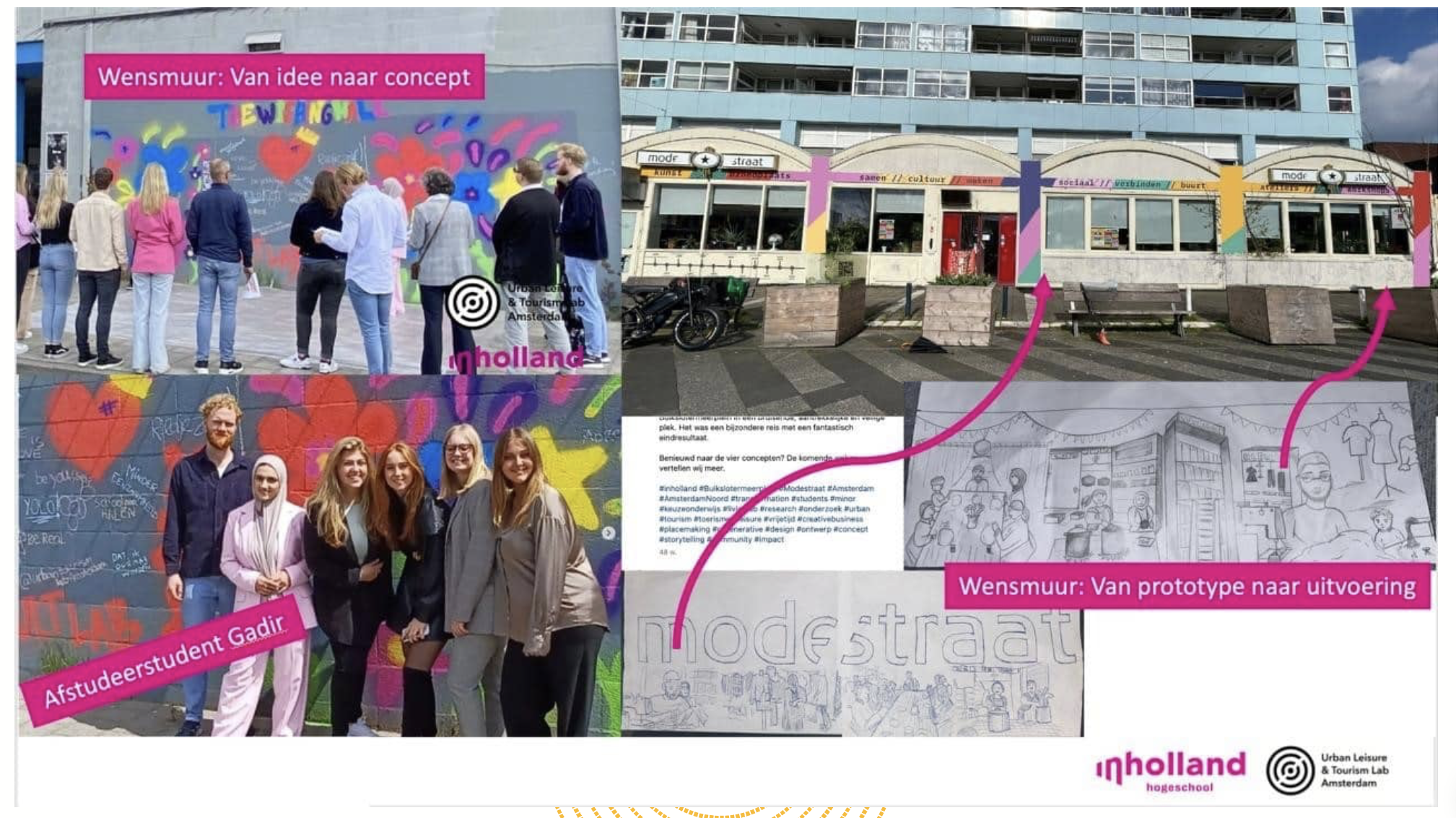
How do you see your influence growing?
So that is at city district level, then there is the whole city and central governance. We are making connections across all levels now and it is evolving in loops and steps – which is what I am trying to show in my white paper.
Something really exciting is happening at the whole city level. A policy document was written last December which recognised that Amsterdam as a city is more than just the city centre. This is something we (and others too) have been saying: that there is more to the body of the city than its heart. What about the other organs? What about the blood vessels – the infrastructure? Or the lungs that hold the oxygen – like the parks and open spaces?
Amsterdam now wants to evolve into a multi-core city and they’ve appointed three specific city districts for extra attention – the Southeast, Northwest, and the North which is where we are based. So I see this as a big weaving tapestry, trying to influence, trying to show the potential. Of course this hasn’t come about solely because of us but we are part of the unfolding story because we have been talking with these people all along.
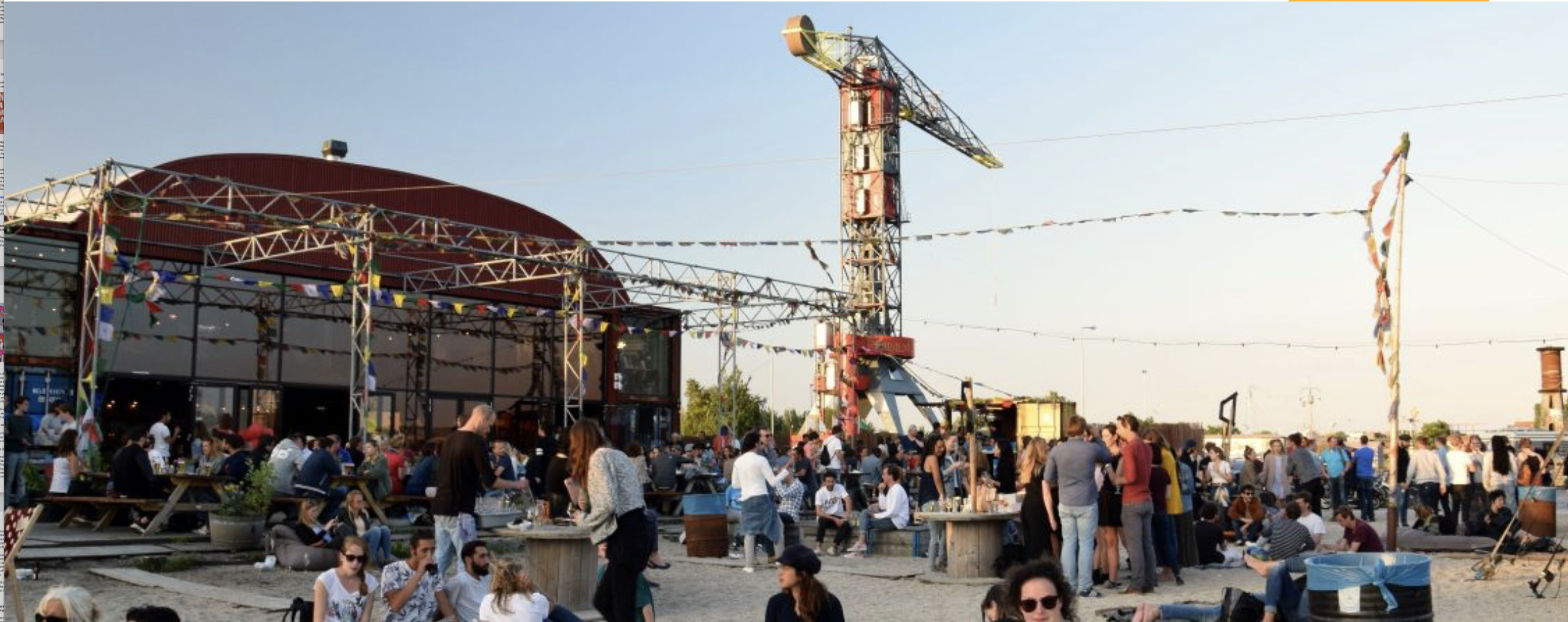
There is a growing awareness that interdependence and a more regenerative approach is needed, especially around growth, degrowth and regenerative growth. These are debates that we’re having with people from the Center. We have talked about the ‘bird’s eye view’ of seeing what we are doing and they’re very curious about this and the opportunity of being able to experiment with regenerative tourism and regenerative placemaking.
October 2025 will be a big milestone – the 750th birthday of Amsterdam. It will also be a huge moment in the North too – lots will come together here, and we have some ‘stepping stones’ to get there thanks to the team.
This sounds very exciting and we look forward hearing more in due course.
This has been a long and rich conversation. Can you share any final reflections from your PoP participation on the key qualities and practices of regeneration?
Yes. Learning from living systems has been a key practice. In the Lab we see ourselves as the urban gardener who is fertilising the soil – and this is not just a metaphor, it is part of our daily practice. I learn from my gardening too, this year it has been raining a lot and the snails have had many of my seedlings. But other plants are managing to grow, or growing even better. So you know this is a learning, this is how we work as a regenerators.
Interdependence. When regenerative tourism and the climate change debate became more prominent, I realised, or re-realised, that only focusing on the urban context, or my background, or only tourism wasn’t enough. It became clearer that these were all pieces of a puzzle that were interdependent – and I consider PoP as part of this puzzle.
Seeing the interdependence of everything across multiple disciplines is also important. And what I like within the regenerative field is that all those different sources – call it ‘practice’, ‘experience’, ‘tested knowledge’ or ‘wisdom’ – can all be there.
And, when we talk about ripple effects after PoP, it is still rippling, rippling, rippling, rippling, it’s still growing, growing growing, and becoming intertwined – woven into a connected understanding.
Lastly, when you mentioned creating this series of PoP alumni insights and stories, it got me thinking about reflection and outputs. I would really love the opportunity to come together with other PoP cohorts to share the outputs and influences of our projects. I think if we can collate 10 or 20 of these stories, maybe we will see some patterns for what works and what to change. So I look forward to hearing more PoP stories ahead.
Images are from Urban Leisure & Tourism Lab with permisson.
Connect with Roos on Linkedin https://www.linkedin.com/in/roos-gerritsma-115089a/
URBAN LEISURE AND TOURISM LAB https://www.tourismlabamsterdam.nl/en/
PRACTICAL WORK EXAMPLES OF LAB WORK – https://www.tourismlabamsterdam.nl/en/2024/06/30/eerste-tour-in-praktijk/

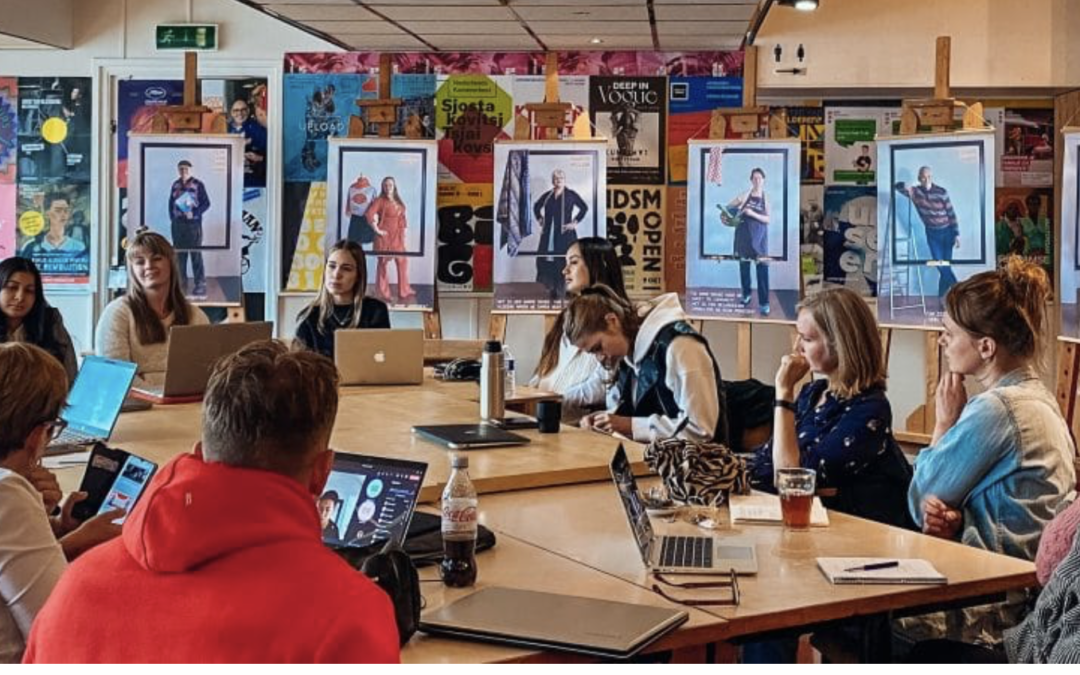
Recent Comments